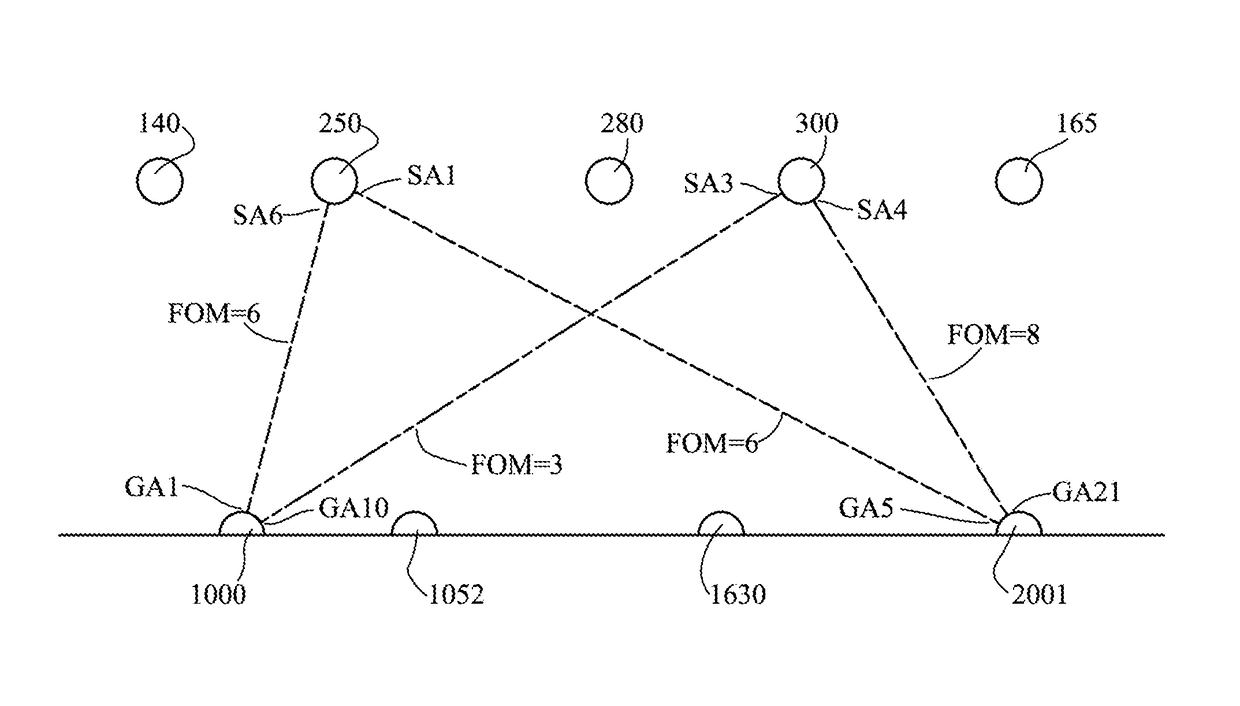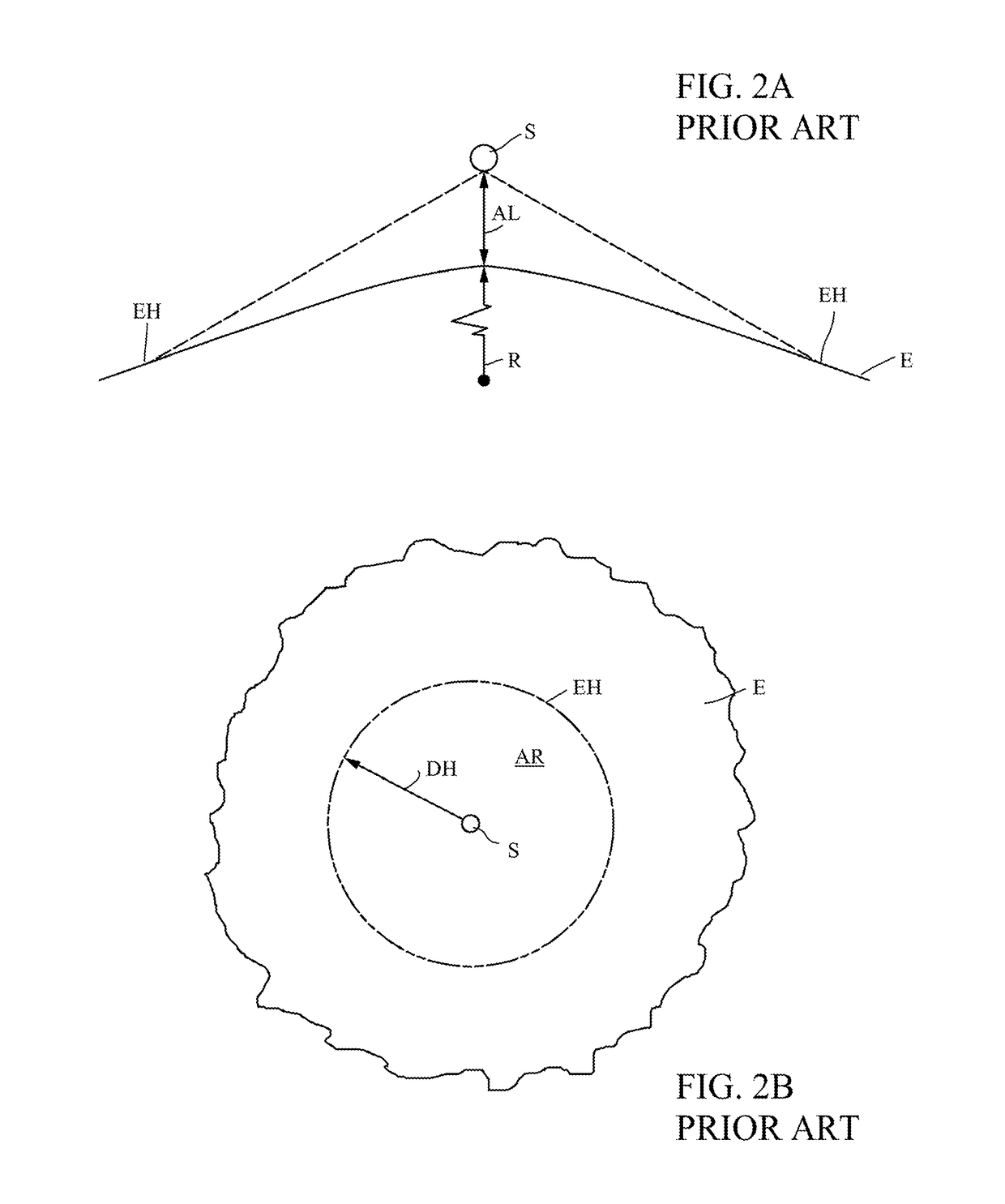Radio system using nodes with high gain antennas
a radio system and antenna technology, applied in the field of nodes, can solve the problems of difficult to achieve, difficult to achieve, and expensive onboard attitude control hardware, so as to eliminate the need for complex and costly control systems, reduce launch costs, and increase antenna density
- Summary
- Abstract
- Description
- Claims
- Application Information
AI Technical Summary
Benefits of technology
Problems solved by technology
Method used
Image
Examples
Embodiment Construction
[0031]The detailed description that follows is intended to provide specific examples of particular embodiments illustrating various ways of implementing the claimed subject matter. It is written to take into account the level of knowledge of one of ordinary skill in the art to which the claimed subject matter pertains. Accordingly, certain details may be omitted as being unnecessary for enabling such a person to realize the embodiments described herein. It will also be understood that terms indicating direction or orientation may be used facilitate description. The use of such terms does not imply that the claimed subject matter is limited to a particular orientation of the structure being described.
I. RADIO MESH CONCEPTS AND PRINCIPLES
[0032]The system described herein builds on certain principles underlying the use of a plurality of transceivers (“nodes”) that can be used to form termination points for links in a radio route using one or more of the transceivers. Throughout the des...
PUM
 Login to View More
Login to View More Abstract
Description
Claims
Application Information
 Login to View More
Login to View More - R&D
- Intellectual Property
- Life Sciences
- Materials
- Tech Scout
- Unparalleled Data Quality
- Higher Quality Content
- 60% Fewer Hallucinations
Browse by: Latest US Patents, China's latest patents, Technical Efficacy Thesaurus, Application Domain, Technology Topic, Popular Technical Reports.
© 2025 PatSnap. All rights reserved.Legal|Privacy policy|Modern Slavery Act Transparency Statement|Sitemap|About US| Contact US: help@patsnap.com



